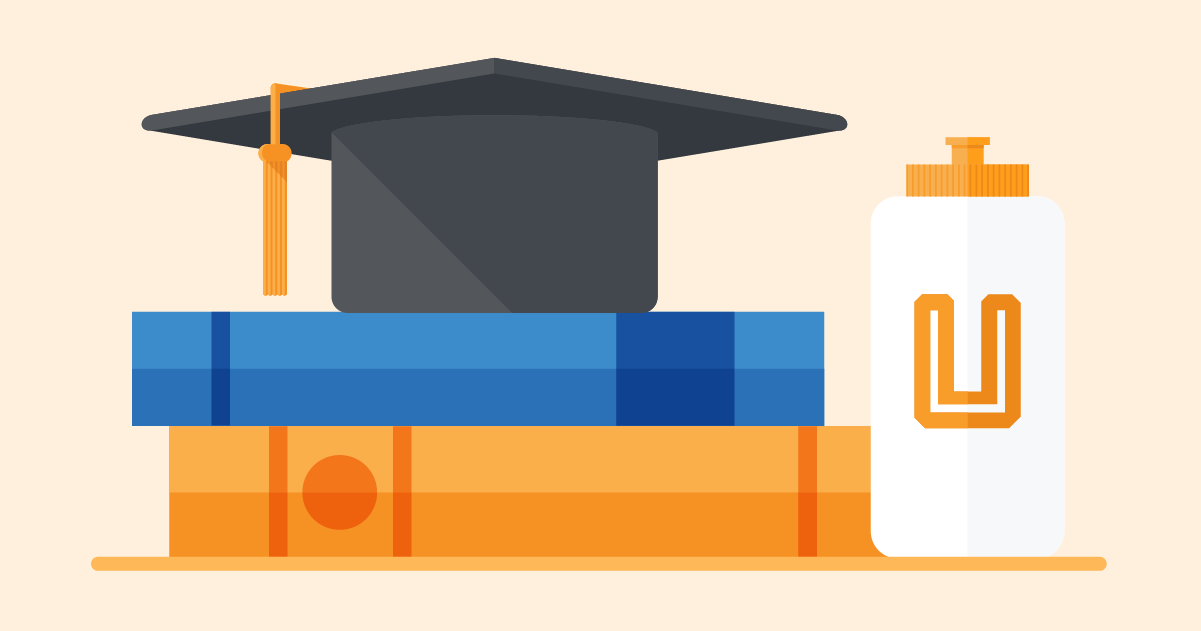Certify your service and stay on track for public service loan forgiveness

We often hear from people working hard in public service who are struggling to stay on track with their student loans. Public service employees may be eligible to have their loans forgiven through the Public Service Loan Forgiveness (PSLF) program. After these borrowers make ten years’ worth of qualifying payments (120 payments), the PSLF program forgives the remaining balance on their student loans. However, errors made by student loan servicers (the company that send you a monthly bill) could hurt their progress towards loan forgiveness.
Today, we released a report highlighting borrowers’ complaints about how servicing breakdowns may derail their progress towards PSLF. Public service employees such as teachers, nurses, and police officers report that servicing breakdowns may cause them to miss out on qualified payments or prevent them from enrolling in the right repayment plan. These servicing errors can cause borrowers to pay hundreds or thousands of dollars more than necessary on their student loans.
Public service employees with a student loan: Certify your service
Whether you are just starting to repay your loans or are closing in on your 120 qualified payments, check out our tips to make sure you are on track for PSLF. You can also check out our guide to learn about some of the benefits you can receive as a public service employee.
1. Make sure you have the right type of loans.
Only borrowers with federal Direct Loans are eligible for PSLF. If you don’t know what types of loans you have, you can find out through the National Student Loan Data System (NSLDS) . If you have other types of federal student loans, such as Federal Family Education Loans (FFEL), you may be able to consolidate these loans into a Direct Consolidation Loan in order to become eligible for PSLF.
TIP: Before consolidating any outstanding federal Direct Loans, consider whether you have already made qualifying payments on these loans. You will lose credit for any qualifying payments you have already made if you choose to consolidate a Direct Loan.
You can start the consolidation process by visiting studentaid.gov and clicking on “In Repayment: I have loans I need to repay.”
2. Make sure you enroll in the right repayment plan.
In order to be eligible for PSLF, you must make payments while enrolled in a qualifying repayment plan. To start making qualified payments, you should enroll in an income-driven repayment (IDR) plan. IDR plans set your monthly payments based on your income and family size. This allows you to keep your payments manageable while working toward loan forgiveness. If you want to enroll in an IDR plan, our blog with IDR tips and resources can help you understand and navigate common obstacles.
TIP: You can apply to enroll in an IDR plan at studentloans.gov, or by contacting your loan servicer. If you are making payments under a standard, ten-year payment plan, your payments still qualify for PSLF. If you are making payments under a graduated or extended repayment plan, your payments likely do not qualify for PSLF.
3. Make sure you work in a job that qualifies for the program.
In order to qualify for PSLF, you must work full-time for a qualified public service employer when you make your monthly payments and when you apply for forgiveness. Public service work includes any type of work in federal, state, or local government, military service, or for certain non-profit organizations.
If you work part-time for more than one qualifying employer, you may meet the employment requirements of PSLF as long as you work a combined average of 30 hours per week. Submit an Employer Certification Form (ECF) to track your progress towards loan forgiveness. While this form is not mandatory, we recommend submitting the completed form at least once a year, and every time you change employers, in order to stay on top of your qualifying payments.
4. Make sure your payments count.
You become eligible for PSLF after making 120 qualified payments. These payments do not need to be all in a row, meaning you can pick back up making qualified payments if you temporarily leave public service, or after periods of deferment, forbearance, or unemployment. To determine how many qualified payments you have made, submit a completed ECF to the PSLF servicer. The servicer will review the form against your account history and determine how many of your payments count towards the 120-payment requirement.
TIP: We recommend that you submit an ECF to your servicer at least once a year, as well as whenever you change jobs. By doing so, you can make sure that your payments are on track. If you are having problems with your student loan, you can submit a complaint online or call (855) 411-2372.
We also have guides for different types of public service employees.
If you have questions about repaying student loans, check out our repayment tool, Repay Student Debt, to find out more about how you can tackle your student loan debt.
Seth Frotman is the CFPB’s Student Loan Ombudsman. To learn more about our work for students and young consumers, visit consumerfinance.gov/students.
